Your vital organs—screened
Scan your body for potential cancer and 500+ conditions in up to 13 organs.




Our scan is designed to















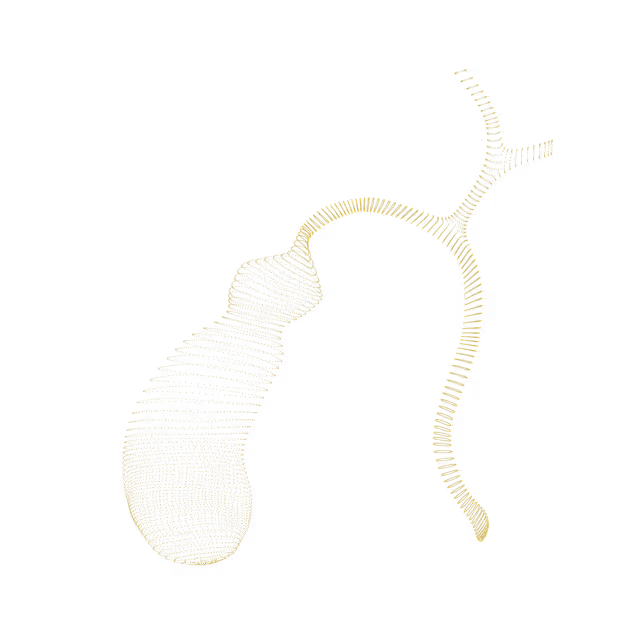
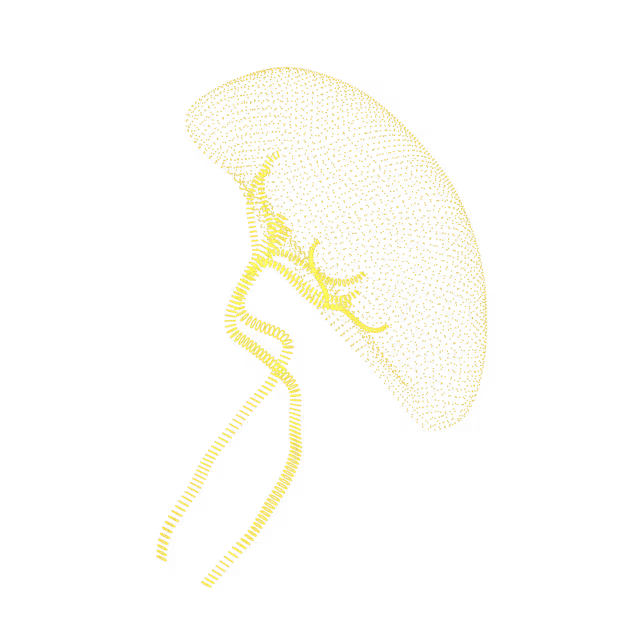

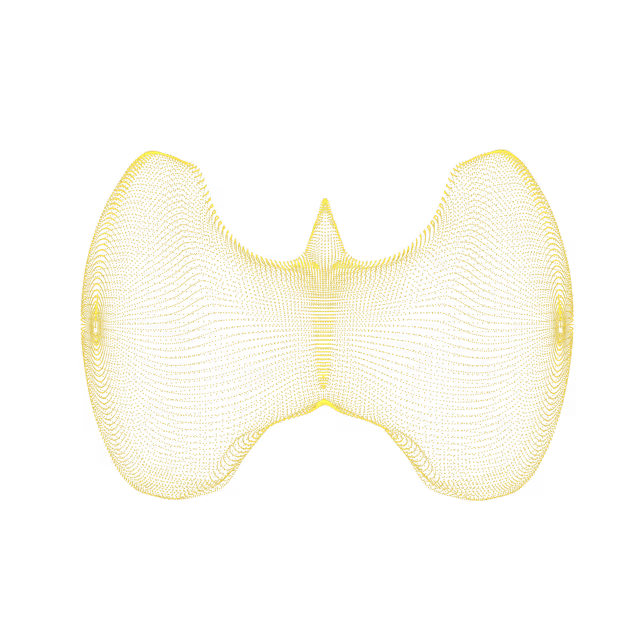

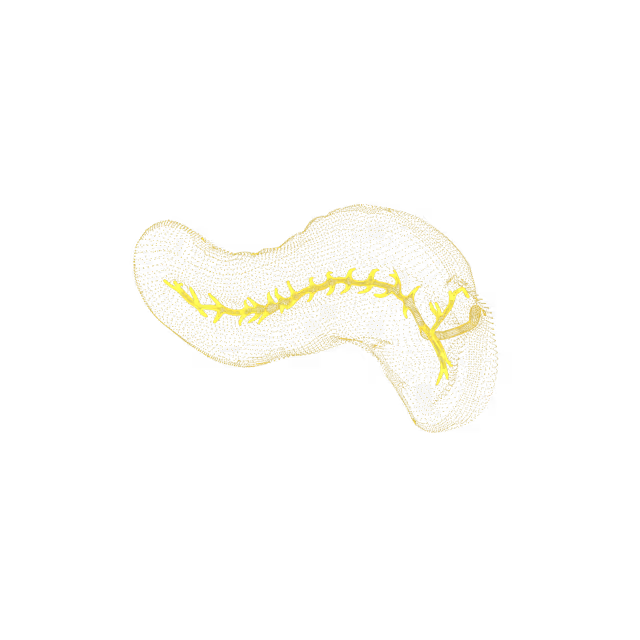
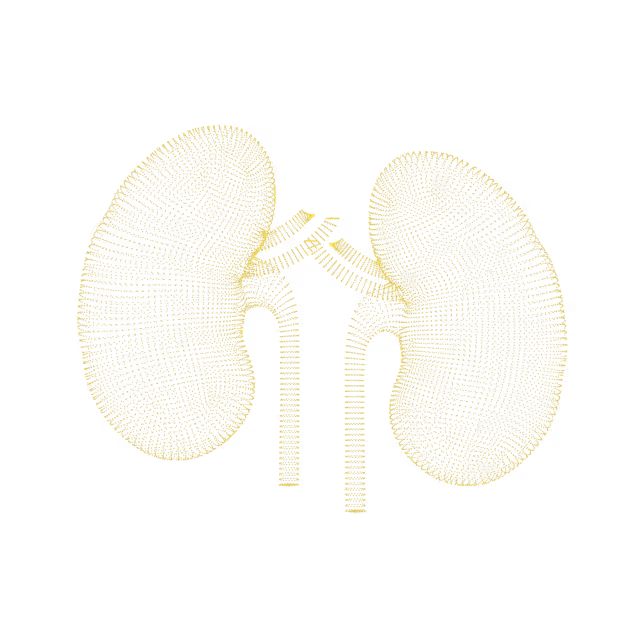
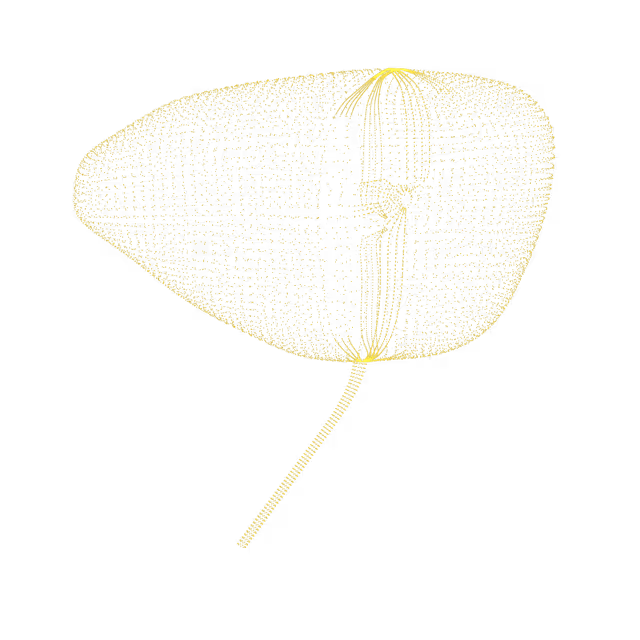
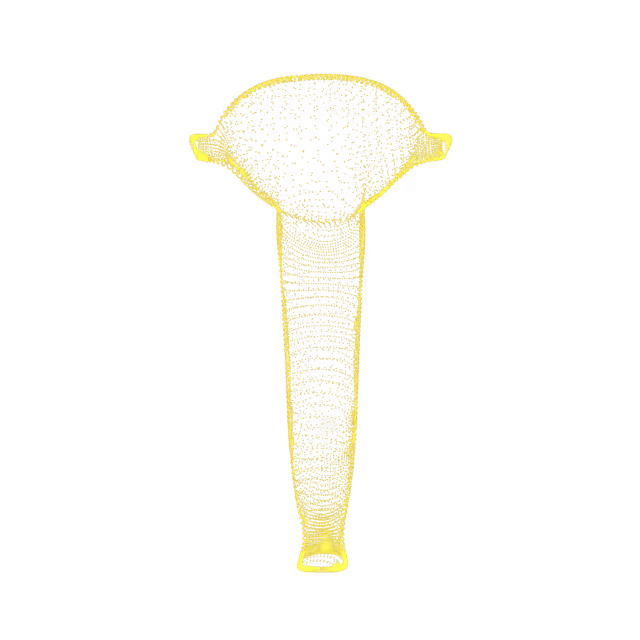
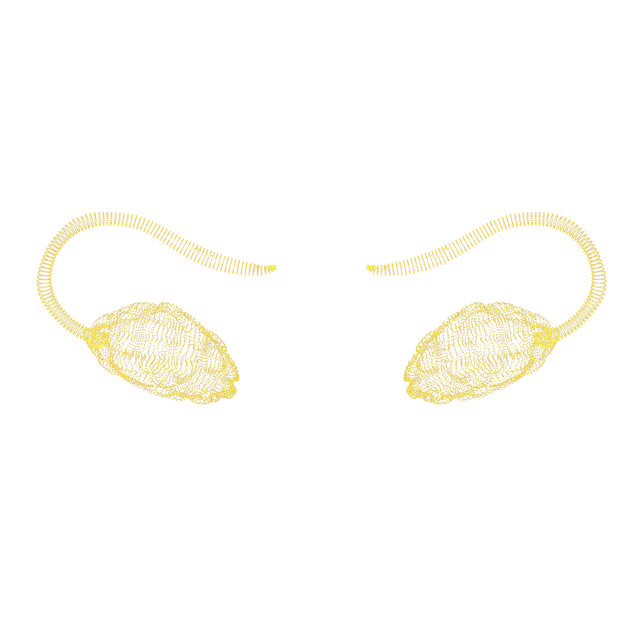
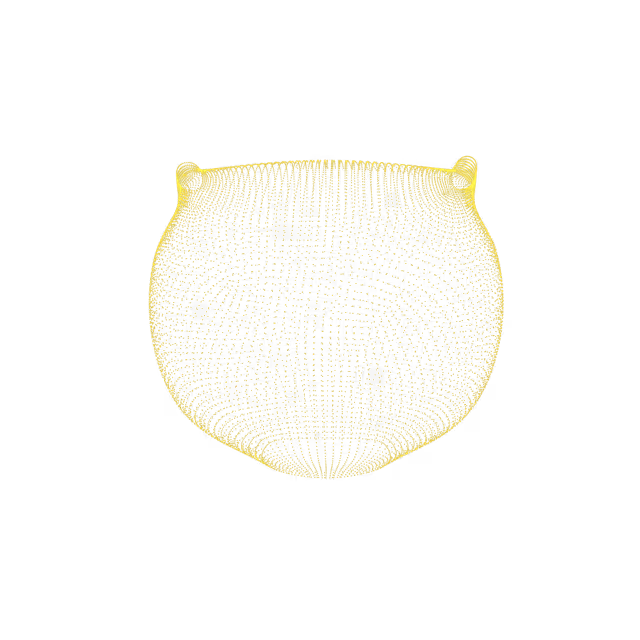

Bladder polyps are abnormal growths in the bladder lining that may be benign (non-cancerous) or malignant (cancerous). Risk factors for bladder polyps include cigarette smoking and gender, with men being more commonly affected. Usually bladder polyps do not cause symptoms, but when symptoms do occur, they may include a constant or urgent need to urinate, pain while urinating, blood in the urine and pain in the abdomen and/or pelvis.
Trabeculation of the bladder describes when the bladder walls have become thicker and less elastic (less stretchy). This occurs when the urethra (the tube the urine passes through to exit the body from the bladder) is repeatedly blocked (obstructed). With the loss of elasticity, the bladder does not fill and empty as well, causing urinary symptoms such as a slow urine stream, frequent urge to urinate and/or the sensation of incomplete emptying of the bladder.
A urachal cyst is a sac-like pocket of tissue that develops in the urachus (a structure that connects the umbilical cord to the bladder during fetal development). Although it normally disappears prior to birth, part of the urachus may remain in some individuals. Urachal cysts are often not associated with any signs or symptoms unless there are complications such as infection. In these cases, symptoms may include abdominal pain, fever, pain with urination and/or blood in the urine.
A bladder wall lipoma is a non-cancerous growth (i.e. tumor) of fat cells arising from the wall of the urinary bladder. Although lipomas are the most common non-cancerous masses found in the body, bladder tissue involvement is rare. This condition is typically found in passing (incidentally) on bladder imaging of individuals who are experiencing lower urinary tract symptoms (e.g. urgency, frequency, painful urination or incontinence) and/or the presence of blood in the urine. However, some individuals with a bladder wall lipoma may be asymptomatic (do not have symptoms). Although bladder wall lipomas do not carry any malignant (cancerous) potential, it must be differentiated from lesions that are potentially cancerous (e.g. liposarcoma).
Hematosalpinx describes a collection of blood in a fallopian tube, which can be from a previous injury or infection, most commonly from a tubal pregnancy, pelvic inflammatory disease or endometriosis. A hematosalpinx may be asymptomatic (does not cause symptoms) or may be the cause of abdominal/pelvic pain, vaginal/uterine bleeding and infertility.
The adnexal region encompassess the ovaries and fallopian tubes. A cyst is a sac-like pocket of membranous tissue that contains fluid, air, or other substances. Cysts can grow almost anywhere in the body or under the skin. Most cysts are benign (non-cancerous). Whether a cyst needs treatment depends on a number of factors, including the type of cyst, the location, if the cyst is causing pain or discomfort, and whether the cyst is infected.
Hydrosalpinx is a common lesion in which the fallopian tube is blocked with a watery fluid due to previous injury or infection (i.e. pelvic inflammatory disease or endometriosis). A hydrosalpinx may be asymptomatic (does not cause symptoms) but may result in chronic pelvic pain or infertility.
A cyst is a sac-like pocket of tissue that contains fluid, air, or other substances. Bladder cysts are usually benign (non-cancerous) and do not require treatment, however, some cysts are associated with a higher risk of malignancy (cancer).
Pelvic organ prolapse describes when pelvic organs (e.g. bladder, uterus, rectum) slip down from their normal anatomical position and push against or into the vagina. This is found in 3-11% of women, and is associated with having had multiple pregnancies, aging and obesity. Pelvic organ prolapse can cause symptoms including pelvic pressure or seeing tissue bulging out of the vagina.
Varices are caused by venous obstruction, increased pressure, and venous insufficiency, resulting in dilated (enlarged) and/or misshapen veins. Pregnancy, hormonal and anatomic factors play a role in their development. They can arise in isolation, in association with leg/buttock, vulvar, or labial varices, or as part of pelvic congestion syndrome (a condition that causes chronic pelvic pain).Symptoms can include pelvic pain, heaviness, and pressure that are exacerbated by prolonged standing, exercise, and coitus. Generally, treatment is only needed if symptoms are present.


© 2025 Ezra